strip flooring -??
sqsemi
9 years ago
Related Stories

HOUSEKEEPINGLower Your Heating Bills With Some Simple Weather Stripping
Plug the holes in your house this winter to make sure cold air stays where it belongs: outside
Full Story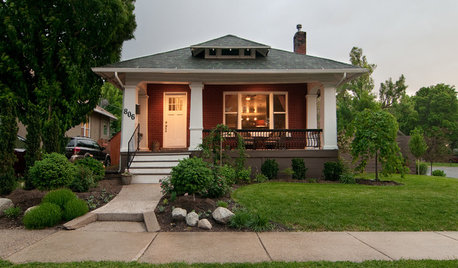
HOUZZ TOURSMy Houzz: Stripping Down Uncovers a 1910 Bungalow's Beauty
A first-time homeowner brings out the charm and coziness in her Utah home through determination and patience
Full Story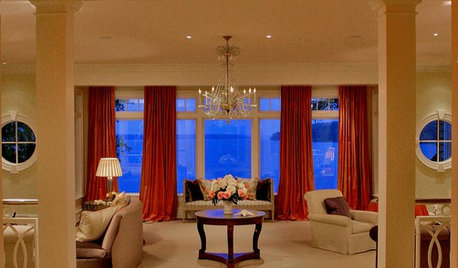
REMODELING GUIDESAccent Your Tile Floor with a Border
Create Interest Underfoot with a Strip of Contrasting Color
Full Story
REMODELING GUIDESYour Floor: An Introduction to Solid-Plank Wood Floors
Get the Pros and Cons of Oak, Ash, Pine, Maple and Solid Bamboo
Full Story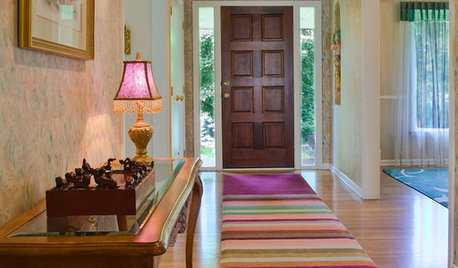
DECORATING GUIDESGet Clever With Area Rugs for Warmth and Beauty
Give feet a soft landing, protect your floor, hide a stain ... with area rugs in your arsenal, you can win any flooring battle
Full Story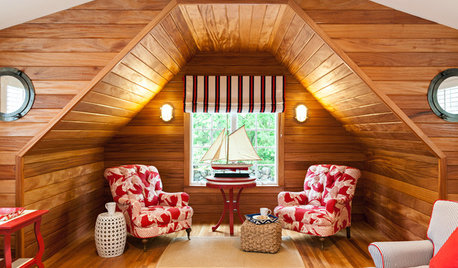
COASTAL STYLEFresh Take: 9 Twists on Nautical Style
Strip down a themed room for a crisp, classic shipshape look
Full Story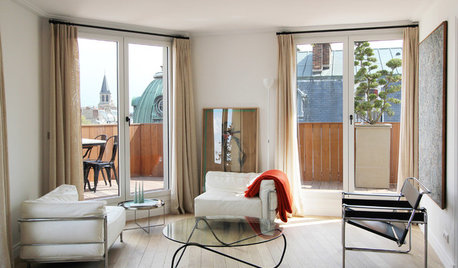
HOUZZ TOURSHouzz Tour: A Parisian Apartment Goes Modern and Bright
Sporting a rare terrace, this small French home gets stripped and redone to highlight the gorgeous skyline view
Full Story
GREAT HOME PROJECTSWhat to Know Before Refinishing Your Floors
Learn costs and other important details about renewing a hardwood floor — and the one mistake you should avoid
Full Story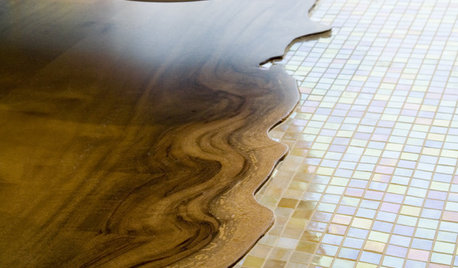
REMODELING GUIDES20 Great Examples of Transitions in Flooring
Wood in One Room, Tile or Stone in Another? Here's How to Make Them Work Together
Full Story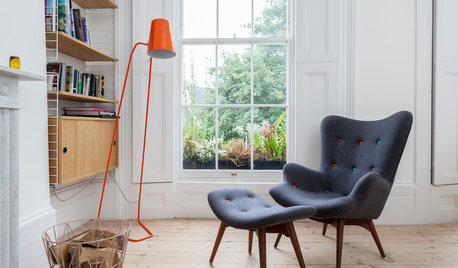
FLOORS10 Ways to Make the Most of Your Home’s Original Floors
Save yourself the cost of replacing your old floorboards with these tips for a new finish
Full StoryMore Discussions









lazy_gardens
User
Related Professionals
Frankfort Kitchen & Bathroom Designers · Fresno Kitchen & Bathroom Designers · Greensboro Kitchen & Bathroom Designers · North Versailles Kitchen & Bathroom Designers · Verona Kitchen & Bathroom Designers · Glade Hill Kitchen & Bathroom Remodelers · Alpine Kitchen & Bathroom Remodelers · Avondale Kitchen & Bathroom Remodelers · Bremerton Kitchen & Bathroom Remodelers · Honolulu Kitchen & Bathroom Remodelers · Islip Kitchen & Bathroom Remodelers · Southampton Kitchen & Bathroom Remodelers · Sun Valley Kitchen & Bathroom Remodelers · Toledo Kitchen & Bathroom Remodelers · Weston Kitchen & Bathroom RemodelerssqsemiOriginal Author
sqsemiOriginal Author
sombreuil_mongrel
sqsemiOriginal Author
sombreuil_mongrel
kudzu9